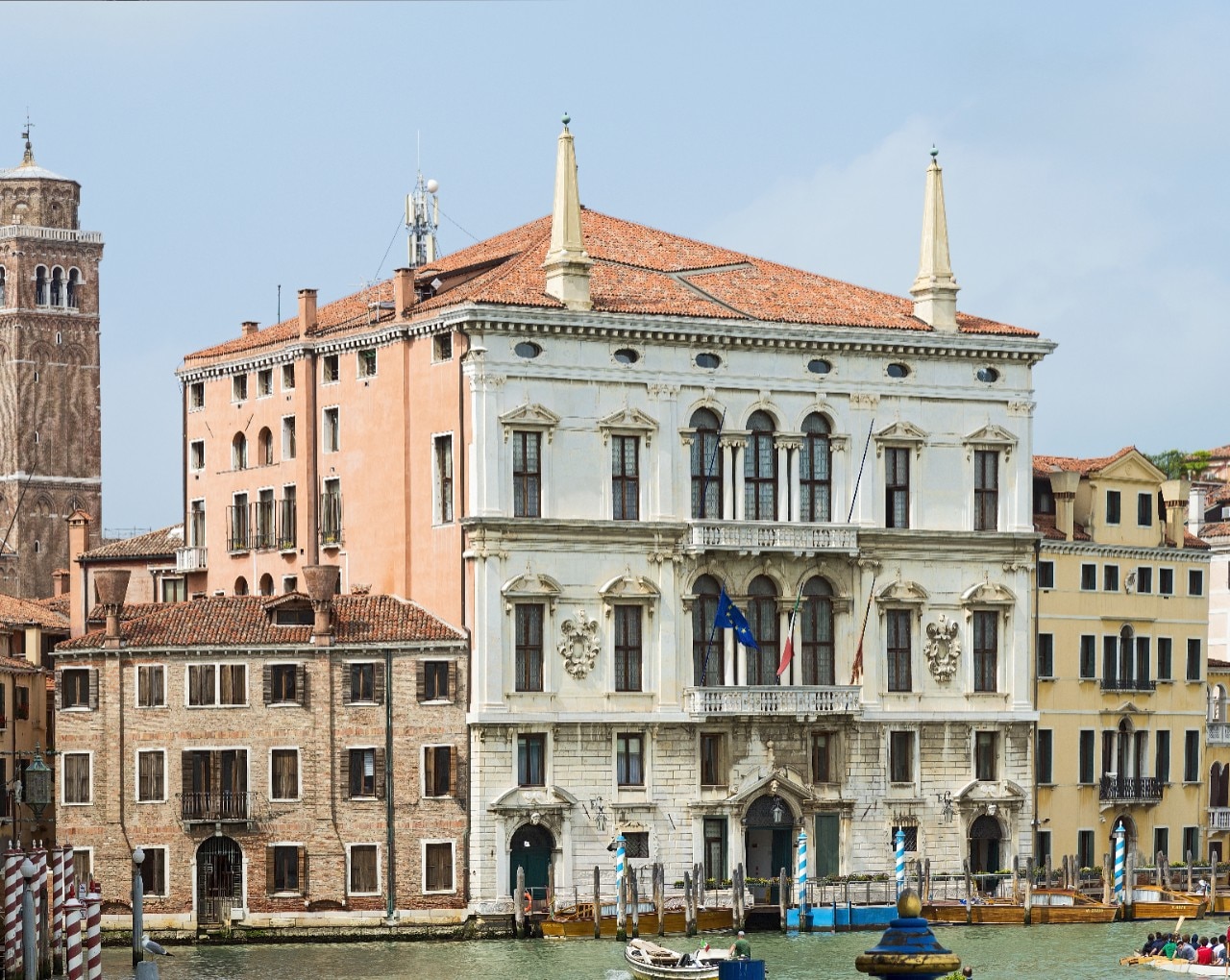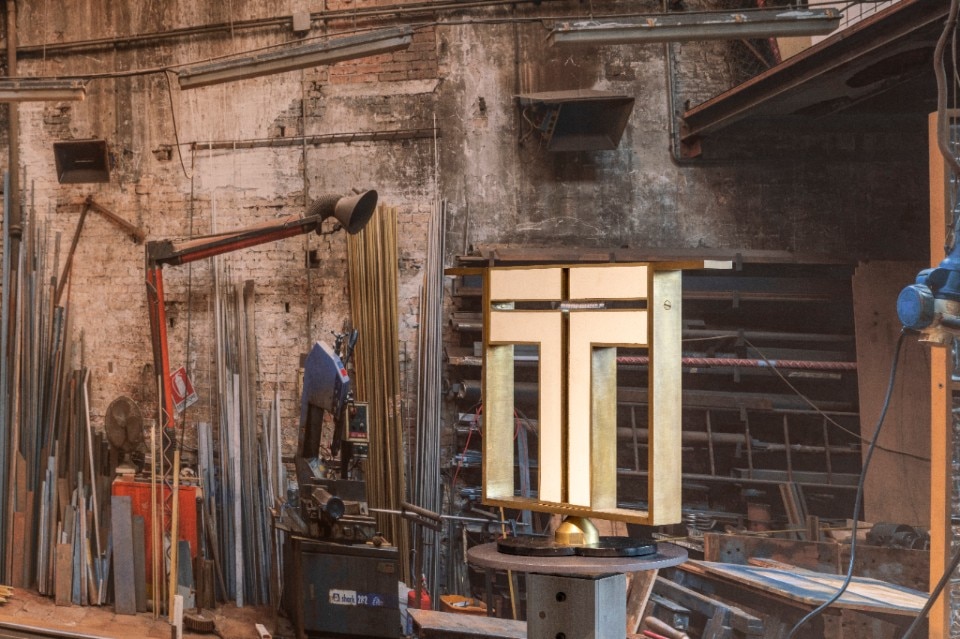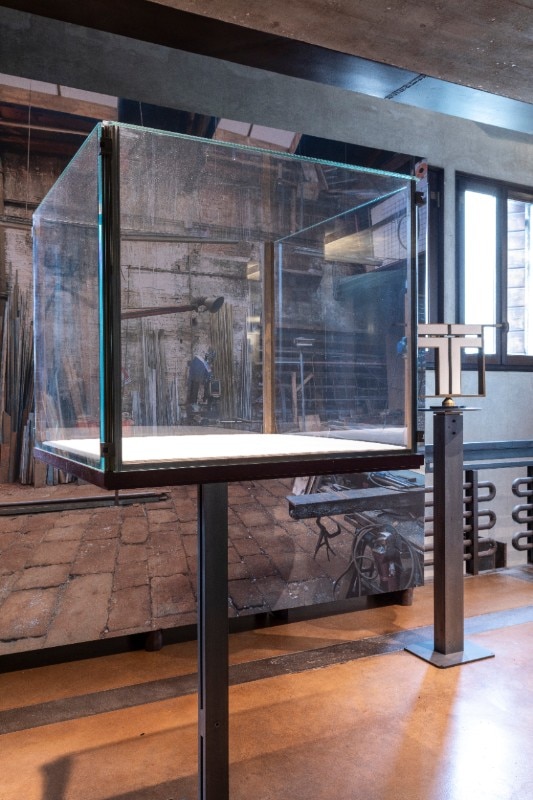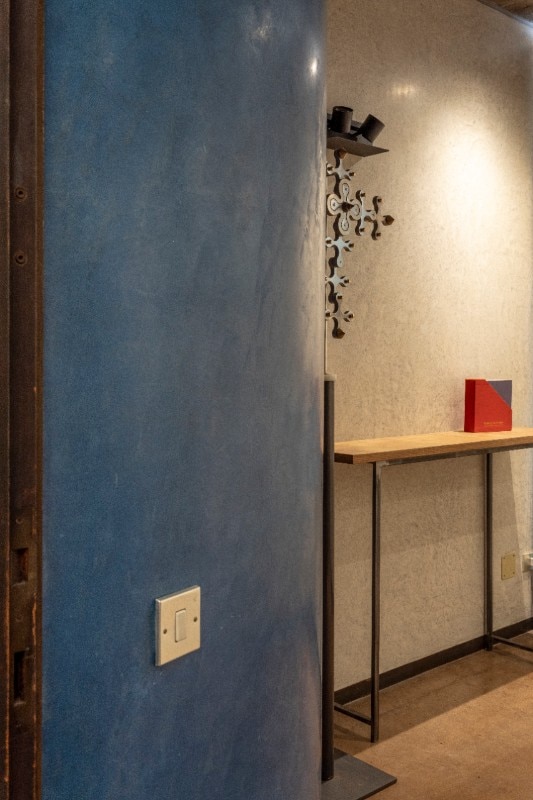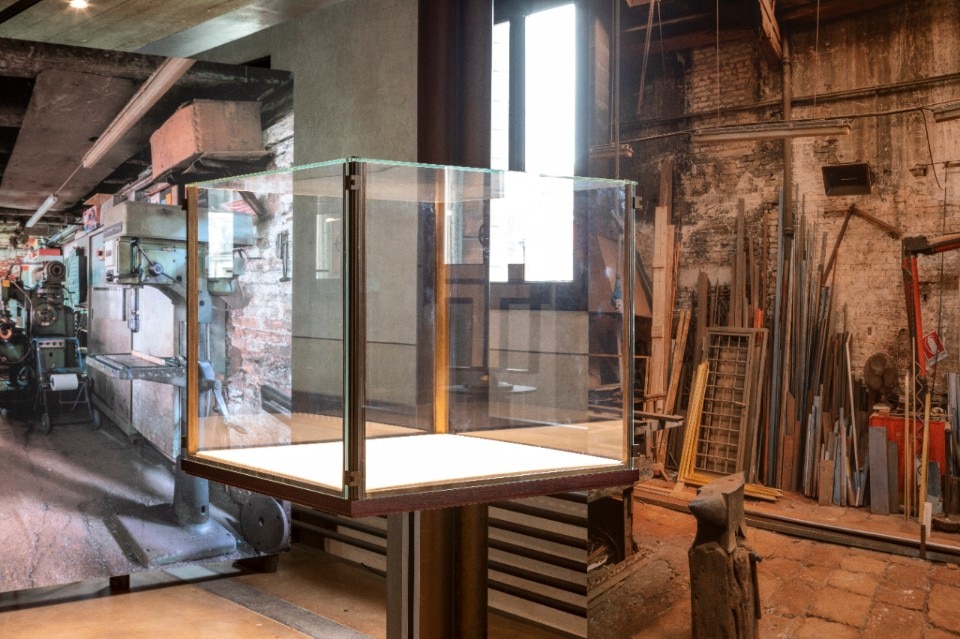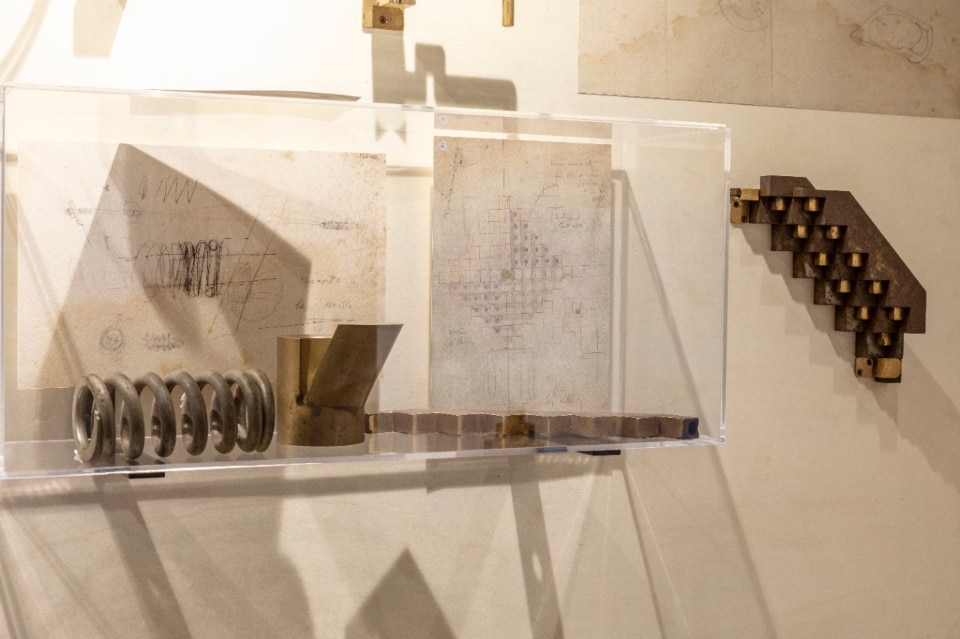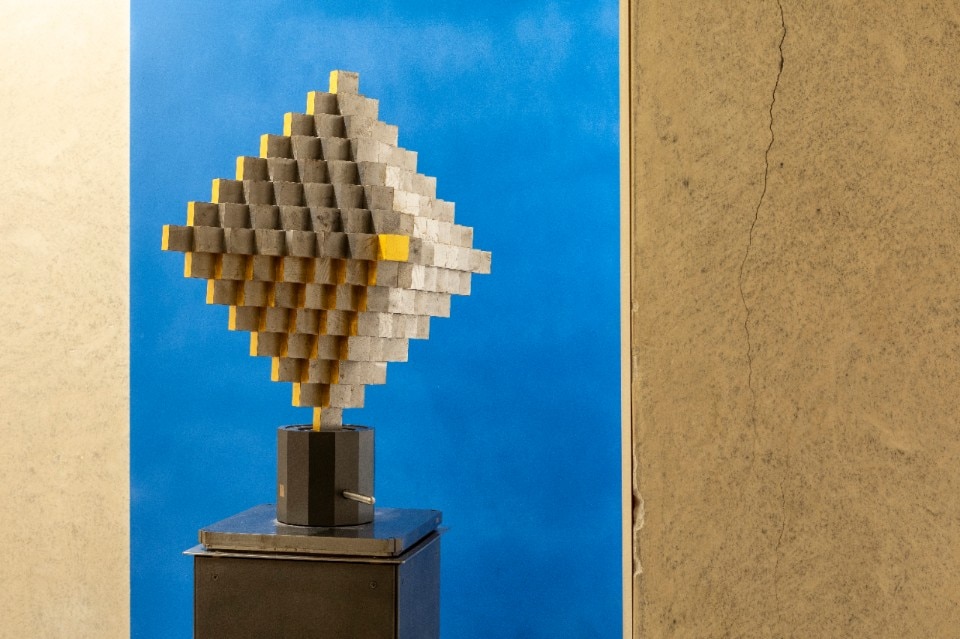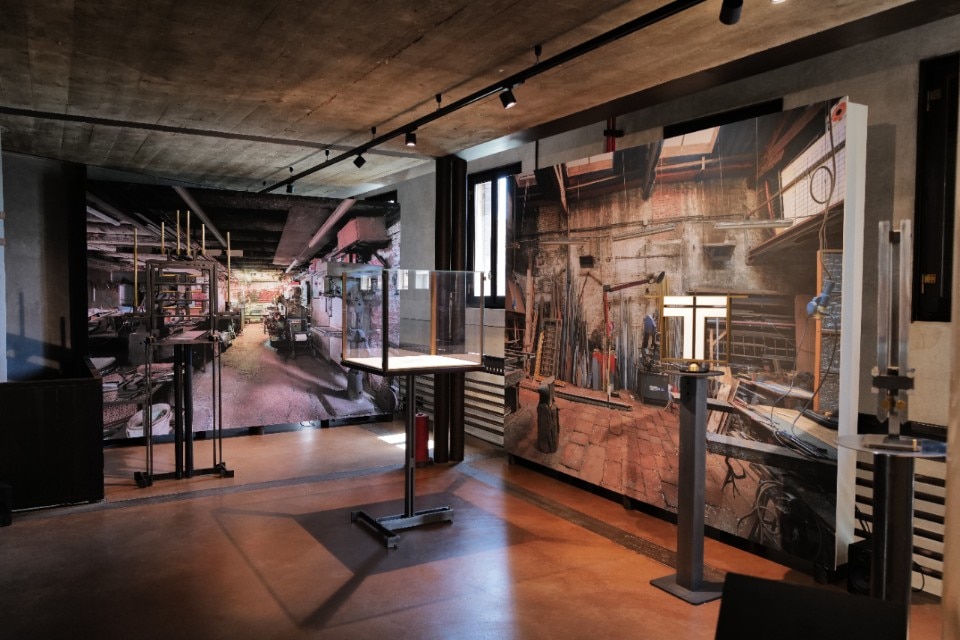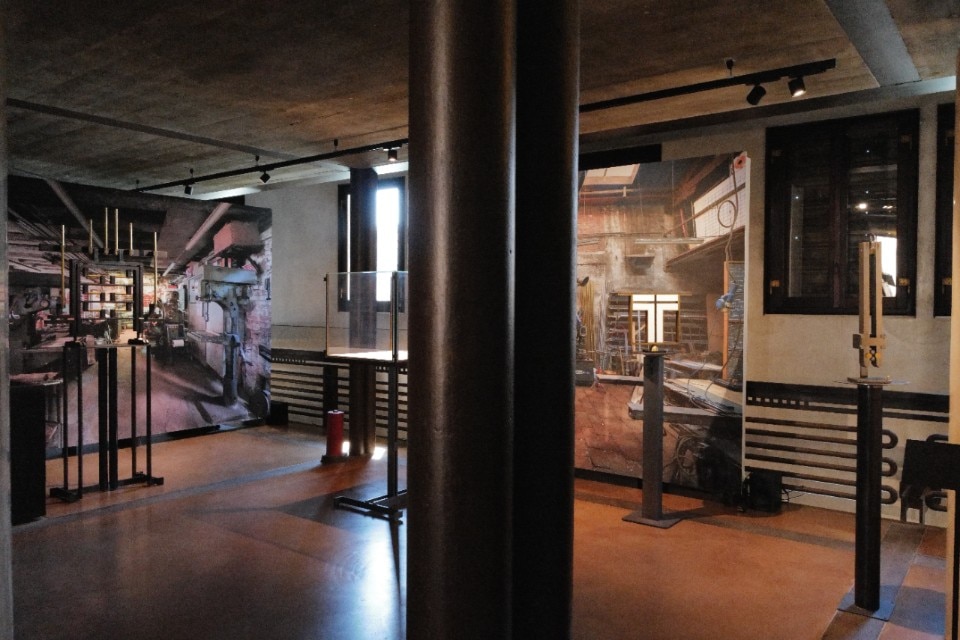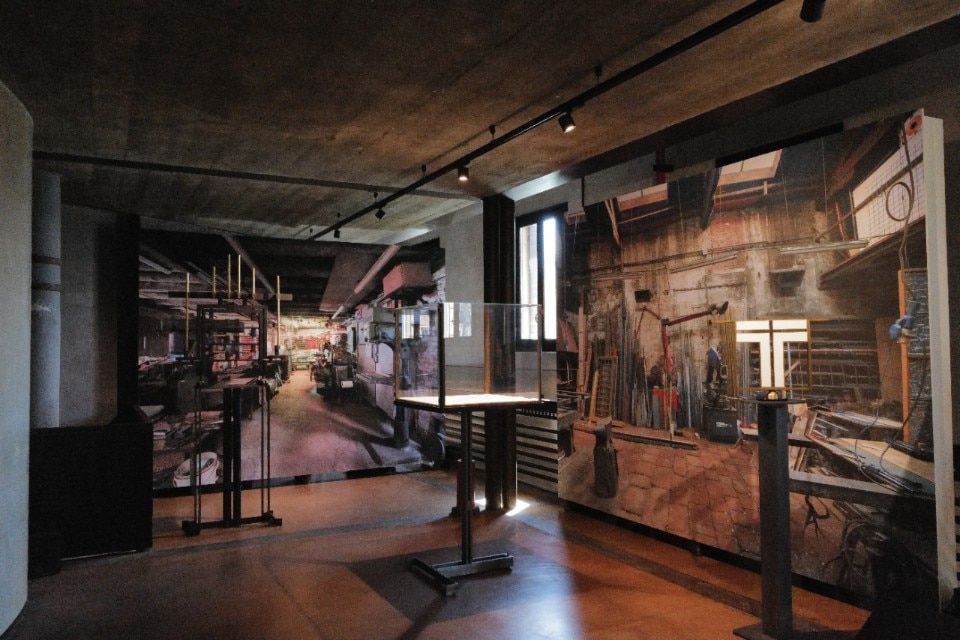Project, design, and their transformation into objects through a precious reciprocal exchange with the craftsmen – set within the interiors of Palazzina Masieri, “Carlo Scarpa e l’officina Zanon. I materiali del progetto” (Carlo Scarpa and the Officina Zanon. The Materials of the Project) highlights the 1950s work of brothers Francesco and Paolo Zanon, whose blacksmith workshop is still active today in Venice’s Cannaregio district. Curated by Maria Bonaiti and Marko Pogacnik, the exhibition is one of several organized by the Iuav University of Venice as part of the 19th International Architecture Exhibition – La Biennale di Venezia.
This is a rare opportunity to closely appreciate the details of the objects, accessories, and architectural components designed by Carlo Scarpa for various projects and commissions, from the Olivetti store in St. Mark’s Square to the Brion sanctuary in the San Vito d’Altivole cemetery.
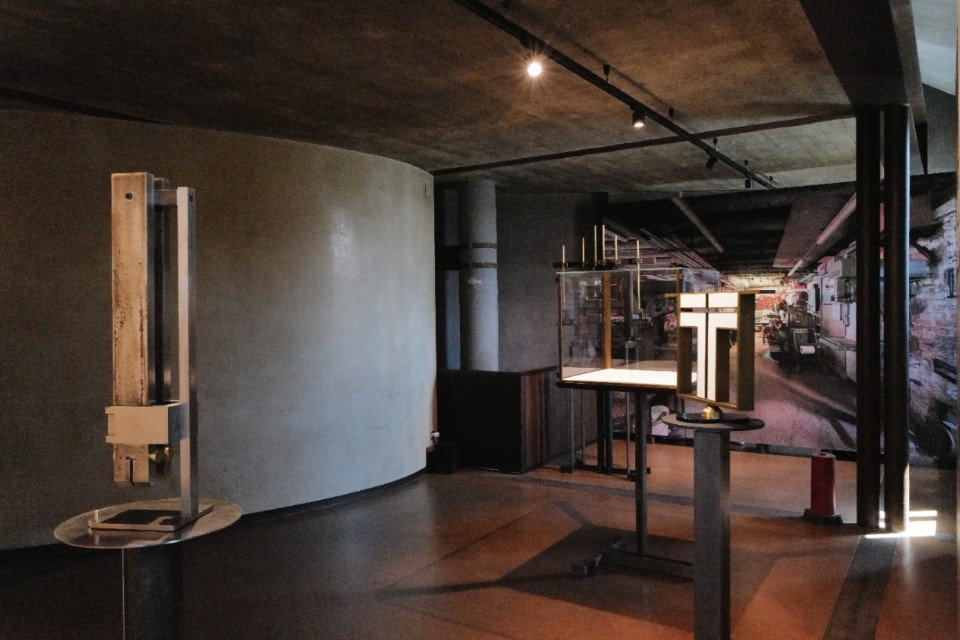
As the Zanons describe it, design “is the door that opens all trades.” And it plays a central role in the exhibition through the reproductions of sketches and preparatory studies displayed alongside prototypes, original construction elements, and evolving models of objects made from iron, Muntz metal, bronze, copper, and harmonic steel created for Scarpa’s projects. Around thirty pieces are showcased on the building’s second floor, including the “cross” from the entrance portal and a wall-mounted candelabra from the Brion Tomb (1975); a display case from the Gipsoteca Canoviana in Possagno (1957); a corner element from the Museo Correr display cases; parts of the floor lamps at the Fondazione Querini Stampalia (1961–63); window uprights from the Olivetti store (1957–58); and even working tools, such as wooden molds used for casting columns at the Banca Popolare di Verona (1975).
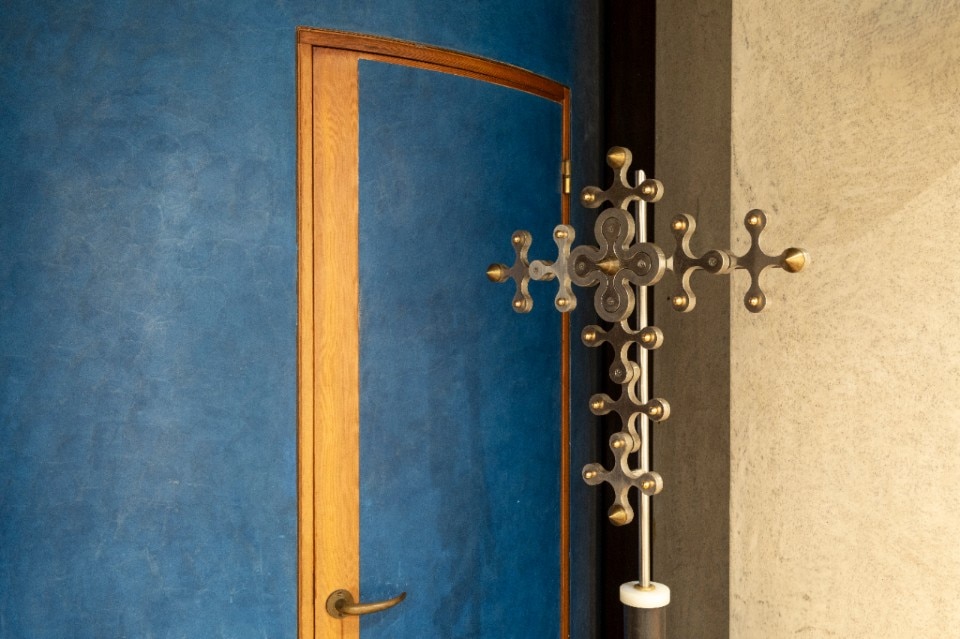
This is a small, intimate, and invaluable exhibition. The space itself was designed by Scarpa (beginning in 1968 and completed posthumously) and incorporates elements crafted by Officina Zanon. Within the “domestic” rooms overlooking the Grand Canal, the exhibited objects are entirely at home, as if among family, engaged in a conversation imbued with the master’s spirit and touch. The bond between Scarpa and the Zanon brothers was both strong and unique. Through their close collaboration, many of the distinctive elements we now associate with Scarpa’s architectural identity took shape. Even the Zanons’ independently conceived designs – some of which are featured in a dedicated section of the exhibition – reflect Scarpa’s influence so deeply they’ve come to be seen as “Scarpa-esque.” There are many traces of such independent works – created in Venice and beyond – all carefully documented over the years with flags on maps identifying their locations; maps brought from the workshop and displayed as part of the show.
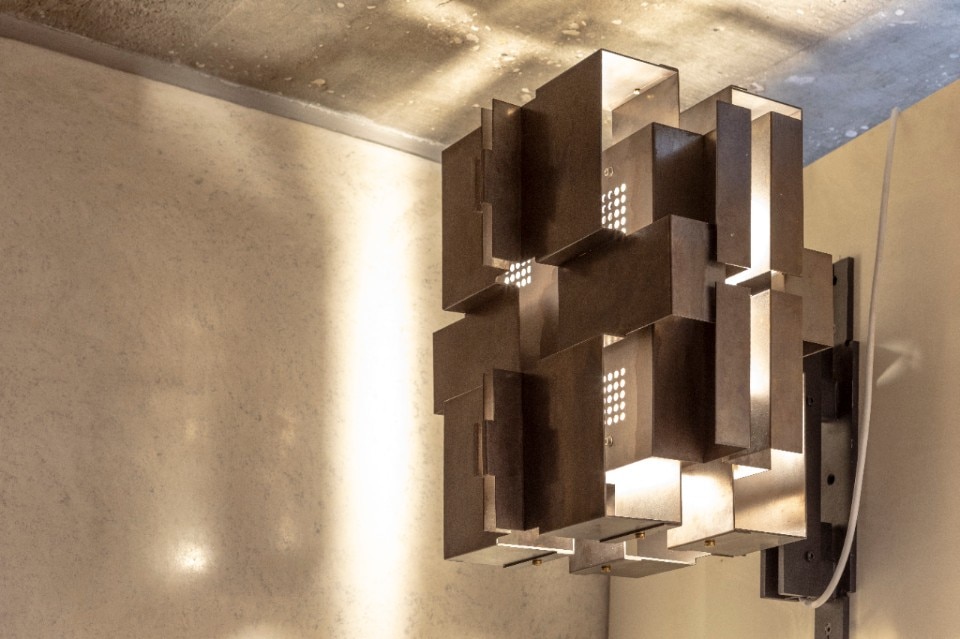
Enhancing the immersive experience is an original sound installation, created by Michele Del Prete (electronics) and Paul Mazzega (metal percussion), using sounds recorded in the Officina Zanon itself.
Opening image: Palazzina Masieri to the left of Palazzo Balbi. Facade on the Grand Canal. Venice, Italy. Photo Didier Descouens from Wikimedia Commons.
- Dates:
- 3 May - 25 July 2025
- Location:
- Palazzina Masieri, Venice, Italy
- Entrance:
- Free admission
- Information and reservation:
- fondazionemasieri@iuav.it


